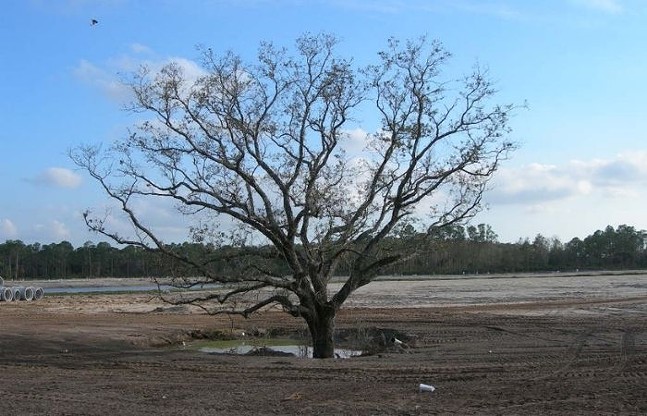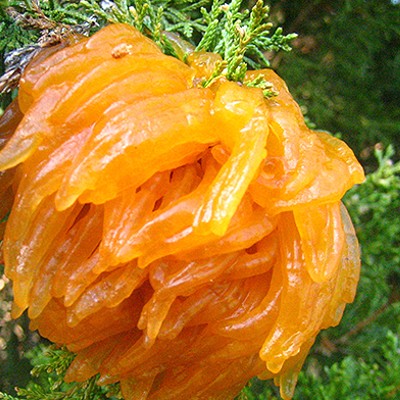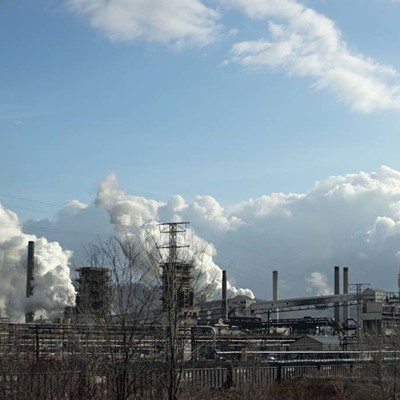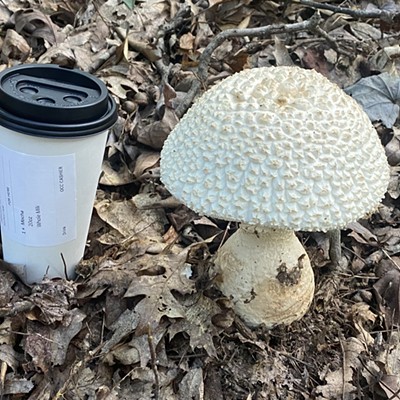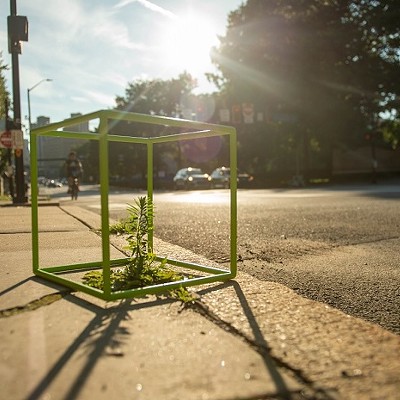Beware of Pittsburgh's zombie (tree) apocalypse
Pittsburgh’s zombie scene is well established, from being the home base for George A. Romero’s zombie movies to the annual Zombie Fest, but arborists are concerned with a different type of zombie hiding among us in Pittsburgh.
Zombie trees are trees that are still standing and look alive but are dead or dangerous in some way. In forests or areas away from humans, zombie trees aren’t as much of a concern. They have the resources of their natural environment, and they’re unlikely to injure anyone or damage anything if they fall. But trees in urban or residential areas are at risk of becoming zombies — and harming people or property if they turn.
“The difference between a tree in a residential urban type space is they're a lot more stressed. They're not living in the woods with all the leaf debris and all that decomposing nice soil,” says Davey Tree East Pittsburgh district manager Eric Countryman.
Instead of a zombie bite, trees become zombies when they are damaged, although there are several ways this can occur. Fungus that has gotten inside of a tree and caused rot or damage can turn healthy trees into zombies. Summertime storms can also cause cracks on branches or trunks that leave trees vulnerable.
While zombie trees can be difficult to spot, there are some signs that can give away a zombie tree, or at least indicate the need for further testing. Mushrooms growing very close to the base of a tree, as well as “weeping” or liquid escaping the tree are signs of damage. Breakage on branches or trunks can be difficult to spot when a tree still has all its foliage, but during the fall, when trees lose their leaves, damage can be easier to find.
If you spot these signs of damage, or if you’re uncertain, Countryman says it’s best to call an arborist, since arborists have several tests they can run and tools they can use to determine the extent of the damage, such as a resistograph, which detects decay and cavities inside of trees.
Still, if you keep an eye out for the symptoms, Countryman says it’s not too late to save them. While changing climate and increasingly severe weather events put more stress on trees, preventative care actions such as fertilization, pruning, watering, and dealing with pest problems as they arise can help keep trees healthy.
“The best thing you can do is care for them, and keep them well fertilized, keep the root system strong,” says Countryman.
Zombie trees are trees that are still standing and look alive but are dead or dangerous in some way. In forests or areas away from humans, zombie trees aren’t as much of a concern. They have the resources of their natural environment, and they’re unlikely to injure anyone or damage anything if they fall. But trees in urban or residential areas are at risk of becoming zombies — and harming people or property if they turn.
“The difference between a tree in a residential urban type space is they're a lot more stressed. They're not living in the woods with all the leaf debris and all that decomposing nice soil,” says Davey Tree East Pittsburgh district manager Eric Countryman.
Instead of a zombie bite, trees become zombies when they are damaged, although there are several ways this can occur. Fungus that has gotten inside of a tree and caused rot or damage can turn healthy trees into zombies. Summertime storms can also cause cracks on branches or trunks that leave trees vulnerable.
While zombie trees can be difficult to spot, there are some signs that can give away a zombie tree, or at least indicate the need for further testing. Mushrooms growing very close to the base of a tree, as well as “weeping” or liquid escaping the tree are signs of damage. Breakage on branches or trunks can be difficult to spot when a tree still has all its foliage, but during the fall, when trees lose their leaves, damage can be easier to find.
If you spot these signs of damage, or if you’re uncertain, Countryman says it’s best to call an arborist, since arborists have several tests they can run and tools they can use to determine the extent of the damage, such as a resistograph, which detects decay and cavities inside of trees.
Still, if you keep an eye out for the symptoms, Countryman says it’s not too late to save them. While changing climate and increasingly severe weather events put more stress on trees, preventative care actions such as fertilization, pruning, watering, and dealing with pest problems as they arise can help keep trees healthy.
“The best thing you can do is care for them, and keep them well fertilized, keep the root system strong,” says Countryman.

